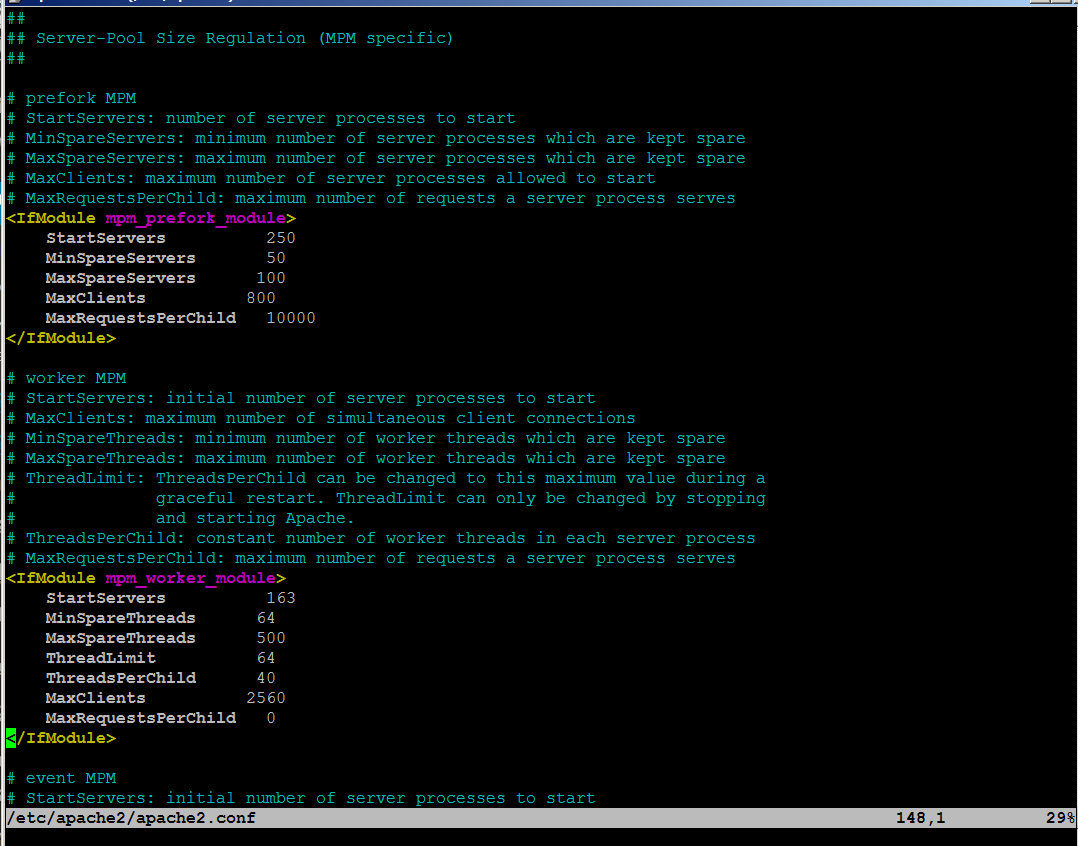
- BEST C COLORSCEME VIMR HOW TO
- BEST C COLORSCEME VIMR MAC OS X
- BEST C COLORSCEME VIMR CODE
- BEST C COLORSCEME VIMR WINDOWS
Or, if you’d like to tweak a few colors manually, take a look at my vim editor color settings tutorial.Īs a final note, if you’re new to the concept of syntax highlighting, here’s a link to my vim syntax highlighting tutorial.

If you don’t like any of these default color schemes you can find others on the internet, or even create your own, using one of these files as an example.
BEST C COLORSCEME VIMR MAC OS X
As an example, I just found all these files in the /usr/share/vim/vim72/colors directory on my Mac OS X system: vim, and begin with the name of the colorscheme. All the files end with the file extension.

You can find your installed vim colorscheme files in the colors subdirectory of your vim installation directory. I have a syntax/diff.vim (that I source manually) with the following contents: hi DiffText ctermnone ctermfgBlack ctermbgRed guinone guifgBlack guibgRed hi DiffChange ctermnone ctermfgBlack ctermbgLightMagenta guinone guifgBlack guibgLightMagenta.

(For more information on vimrc configuration files, see my vim vimrc configuration file example.) What vim color schemes are installed?Ī common question at this point is “What color schemes are available on my system?” To use the desert colorscheme just add these lines to your vimrc file:
BEST C COLORSCEME VIMR WINDOWS
I haven’t used Windows in a long time, but I think the filename is just vimrc on Windows’ systems. The vimrc file is located in your home directory, so on Mac, Unix, and Linux systems the vimrc file actually begins with a decimal (it’s a “hidden” file), so you can edit it like this: Once you’ve settled on a vim colorscheme that you like, you’ll want to configure that as the default colorscheme in your vim configuration file, vimrc. Specifying a colorscheme in your vimrc file Solarized: This color scheme is designed to reduce eye strain and. Note: If those color schemes don’t seem to make any change to your vim session, try some of the other color schemes listed below, such as darkblue, evening, shine, etc. Monokai: This is a popular and classic color scheme that uses bright, high-contrast colors. If you want to use the desert color scheme instead, just specify it instead of delek, like this:
BEST C COLORSCEME VIMR HOW TO
Check the instructions to learn how to install it.
BEST C COLORSCEME VIMR CODE
Or, if you prefer less typing, just use the colo command, like this:Įither of these commands tell vim that you want to use the delek colorscheme. Dracula is a color scheme for code editors and terminal emulators, including Vim and 355+ other apps. I came across it months ago, and it's been my main theme since then. This one is my absolute favorite, and without a doubt, the less well-known option of all themes I'm going to cover in this post. Much of the work is based on the lovely onedark.vim color scheme. If you’re in a vim editor session, just issue the vim colorscheme command from last line mode, like this: A dark color scheme for Vim/Neovim based off the Material Pale Night color scheme. Using a vim color scheme is actually pretty simple. Note: In a previous version of this document I referred to both vim and the vi editor, and someone correctly pointed out that the two are not the same, especially in this case. In this article I’ll take an easier route, and show how you can use existing color schemes in your vim editor sessions. Put this line in your vimrc: colorscheme mine If you want to see what the most often used color combinations look. I used this link as a reference for the color numbers.In an earlier vim color configuration tutorial I described how to have fine-grained control of your vim color settings. Tell Vim to always use your color scheme. I'm just gonna make a comment on my own personal preference here: I'm happy with a lot of Dark/night themes as long as they make one important choice: the primary background color should be black.



 0 kommentar(er)
0 kommentar(er)
